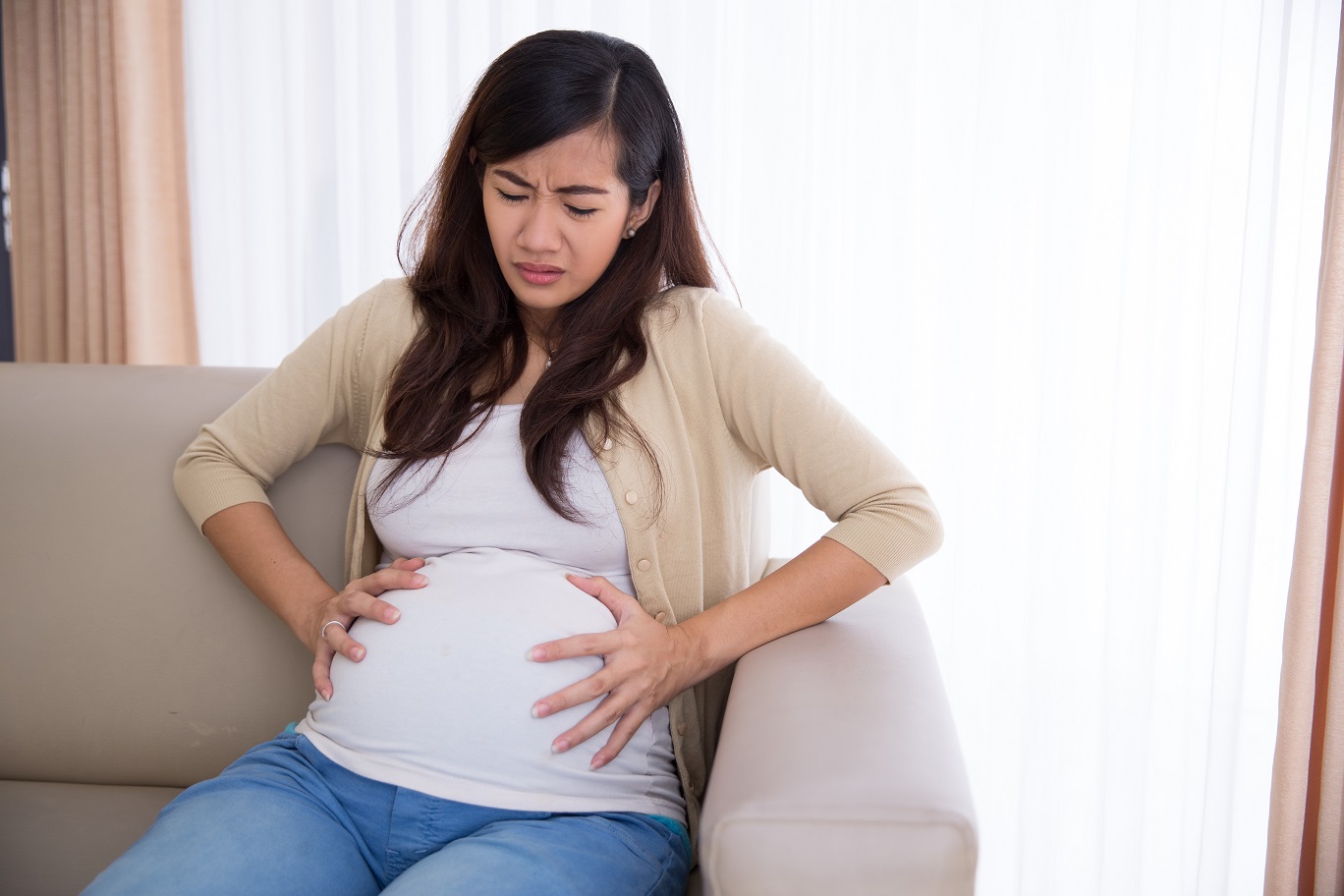
The uterus is among the largest and strongest muscles inside a woman’s body. All muscles can contract, but when you hear the term contraction in the context of pregnancy, it’s talking about the tightening and relaxing from the uterus. Not every uterine contractions are created equally, and the different types of contractions vary when it comes to purpose, intensity, and duration. Below, the three main types of contractions are summarized within the order that you’ll experience them.
Braxton-Hicks contractions:
John Braxton Hicks (1823-1897) was the very first physician to find out and notice that, “the uterus possesses the power and habit of spontaneously contracting and relaxing from the very early duration of pregnancy”. Named after the doctor, Braxton Hicks contractions are the relatively painless contractions that may be felt as soon as the second trimester of being pregnant. Braxton-Hicks contractions are often explained moms-to-be as an uncontrollable tightening from the abdomen. Some describe some discomfort or perhaps a mild quantity of pain, similar to a menstrual cramp, but most pregnant women report Braxton-Hicks contractions to become painless. The precise reason for a Braxton-Hicks contraction is unknown, but it’s thought that they are a direct result your body gearing up for delivery. They are different from normal labor contractions, however, they do not rise in length, frequency, or grow stronger with time, and they've no effect on cervical dilation. Some women that are pregnant experience Braxton Hicks-contractions frequently during pregnancy, while they're very rare in other women. Physical exercise and sexual activity increase the probability of experiencing a Braxton-Hicks contraction, but since these contractions are normal you don't have to avoid exercise or sex for this reason.
True labor contractions:
True labor contractions can initially be a challenge to distinguish from Braxton-Hicks contractions, because they are initially mild and spaced out by Ten minutes or more. If you are in true labor, your contractions should grow stronger, be frequent, and last longer as your labor progresses, so you might want to grab a watch making a note from the timing of your contractions if you think labor. Additionally, Braxton-Hicks contractions also have a tendency to fade when you get up and move around, while a true contraction will not change or diminish with movement. True labor contractions are occasionally felt in your in addition to your midsection, especially because the baby moves down the birth canal and when the baby’s head is facing upward. The purpose of labor contractions will be to thin and dilate your cervix and expel the baby with the birth canal.
Post-birth contractions:
Contractions unfortunately don't halt immediately after the baby arrives for a few reasons. First, the placenta must be delivered throughout the third stage of labor. The placental delivery process can be expedited with an injection of oxytocin, a hormone that stimulates uterine contractions and decreases the chance of hemorrhaging. If you opt to forgo the oxytocin injection, then you will have in all probability to push a bit to provide the placenta and it might take longer. Assisted or unassisted placental delivery usually takes about 10-30 minutes. Second, contractions can sporadically occur for approximately 4-6 weeks postpartum due to the uterus shrinking back to it’s normal prepregnancy size, a phrase called involution. If you’re still experiencing regular post-birth contractions from your 6 week postpartum appointment, then it’s smart to take it track of your doctor. Third, if you choose to breastfeed your child, it’s likely that you’ll also experience contractions during nursing sessions in the days and weeks following childbirth. Oxytocin (the same hormone that can help with placental delivery) is naturally released when a baby latches to the breast and causes the milk ejection reflex, also causing uterine contractions. Thankfully, nearly all women discover that post-birth contractions aren’t as intense or painful as active labor contractions.
What were your contractions like? Share your experiences below in the comments!

